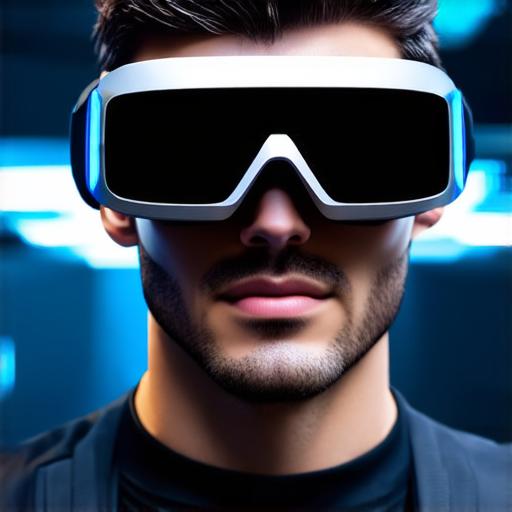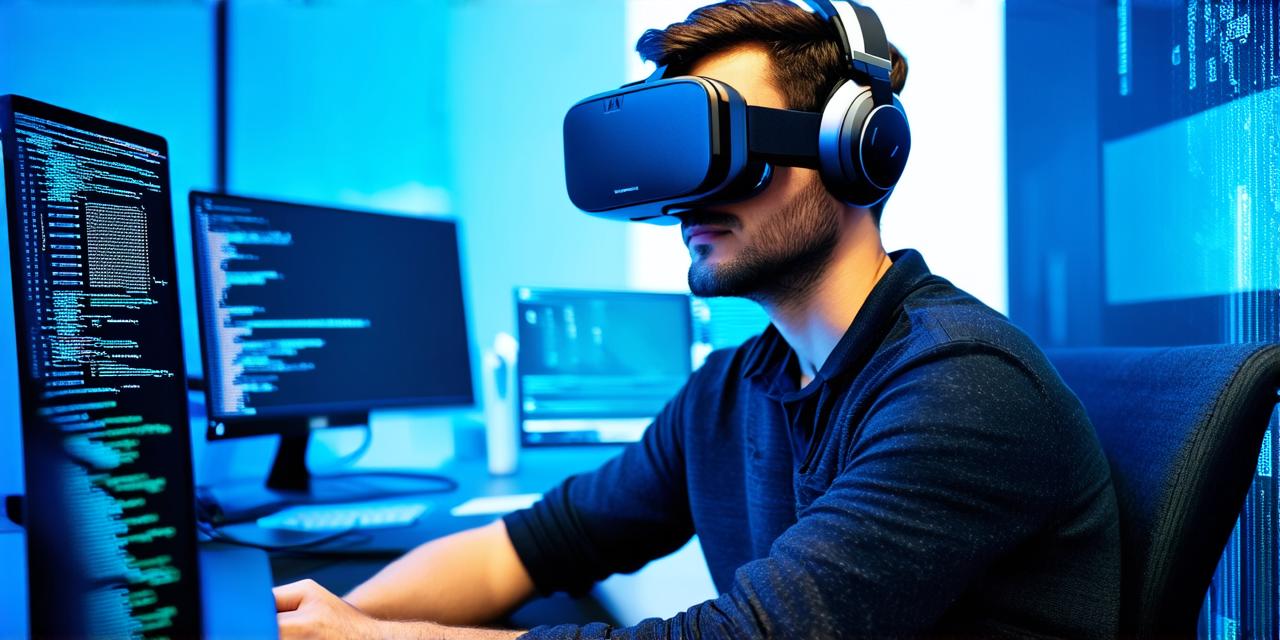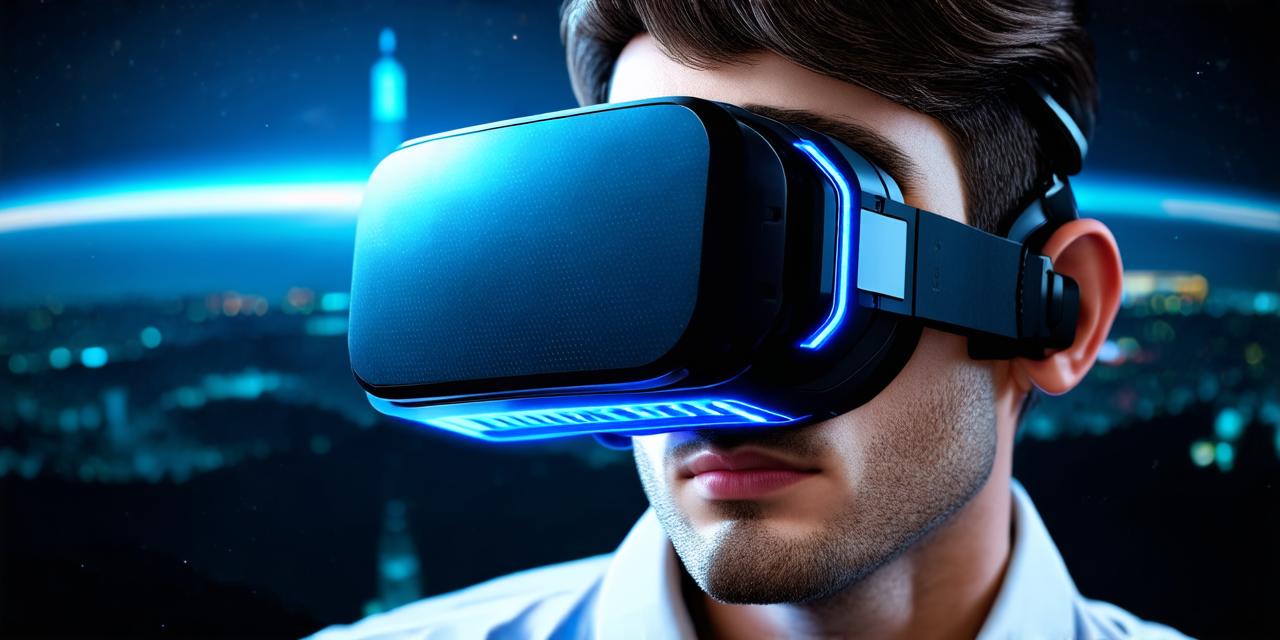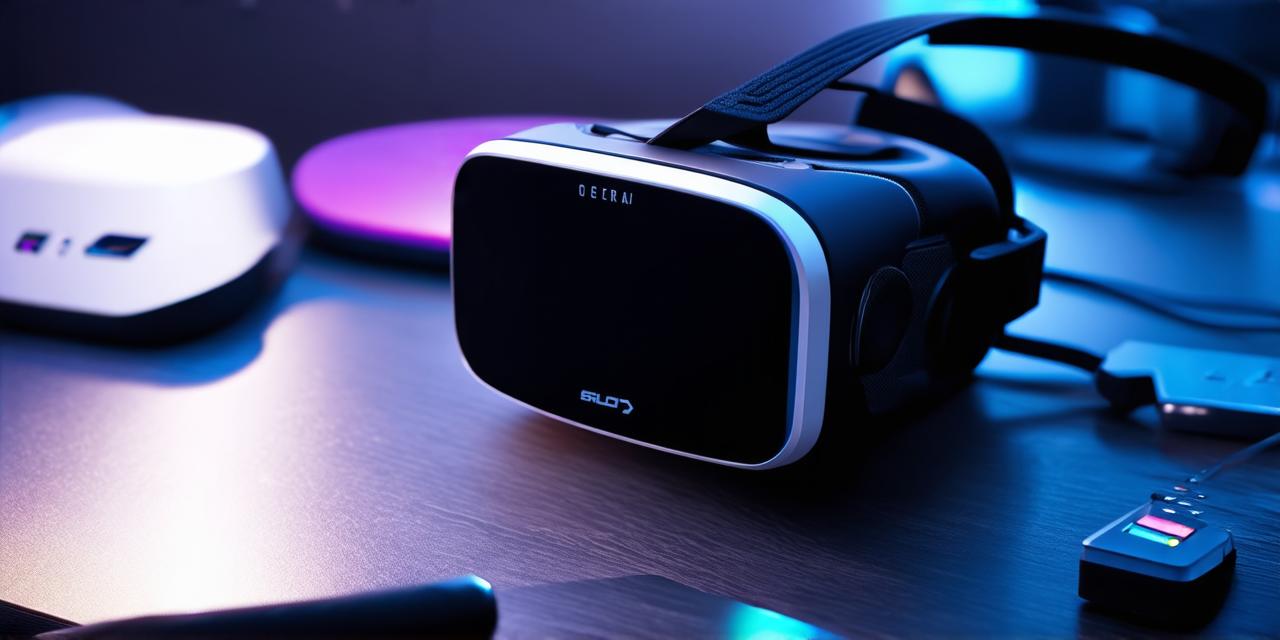Virtual reality (VR) videos are becoming increasingly popular as people seek new ways to experience immersive and interactive content.
Whether you’re an AR developer looking to expand your skillset or a business owner interested in incorporating VR into your marketing strategy, this beginner’s guide will teach you everything you need to know about creating virtual reality videos.
Introduction
Virtual reality (VR) is a technology that enables users to experience a simulated 3D environment in real-time. With the increasing popularity of VR devices such as Oculus Rift and HTC Vive, there has been a growing demand for VR content.
As an AR developer, you may want to explore VR videos as a new medium to showcase your skills or create engaging experiences for your customers. In this article, we will cover everything you need to know about creating virtual reality videos, including the equipment, software, and best practices.
Equipment Required
The first step in creating a VR video is to acquire the necessary equipment. You will need a VR camera, which captures 360-degree footage of the environment around it. There are several types of VR cameras available, including the Oculus Go, Samsung Gear 360, and the Jaunt One. These cameras typically cost between $200 to $500 and come with a variety of features such as resolution, field of view, and lens quality.
In addition to a VR camera, you will also need a computer with powerful enough hardware to edit your footage. For best results, we recommend using a dedicated video editing software such as Unity or Unreal Engine, which are designed specifically for VR development.
These software packages typically cost around $200 per month and include advanced features such as particle effects, lighting, and animation tools.
Software Required
Once you have your equipment, the next step is to choose a video editing software. As mentioned earlier, we recommend using Unity or Unreal Engine for VR video editing. These software packages are designed specifically for VR development and offer advanced features such as particle effects, lighting, and animation tools.
They also come with built-in support for importing 360-degree footage and exporting it in a format that is compatible with VR headsets.
Best Practices
Creating a VR video can be a challenging task, but following some best practices can help you achieve better results. Here are some tips to keep in mind:
- Keep it simple: VR videos should be immersive and interactive, but they don’t have to be complex. Keep your content focused on a single idea or storyline, and avoid cluttering the screen with too much information.
- Plan ahead: Before you start shooting your video, take some time to plan out what you want to achieve. Think about the story you want to tell, the environment you want to create, and the actions you want the viewer to take. This will help you stay on track and ensure that your final product is cohesive and engaging.
- Use sound: Sound is an important part of any video, but it’s especially crucial in VR videos. The lack of visual cues can make it difficult for viewers to follow the story, so using sound effects and music can help guide them through the experience.
- Test it out: Once you have finished editing your video, test it on a VR headset to ensure that everything is working properly. This will help you identify any issues with the footage or the software, and make any necessary adjustments before releasing the final product.





